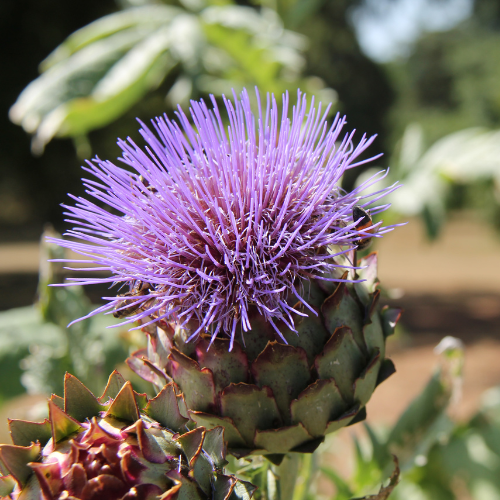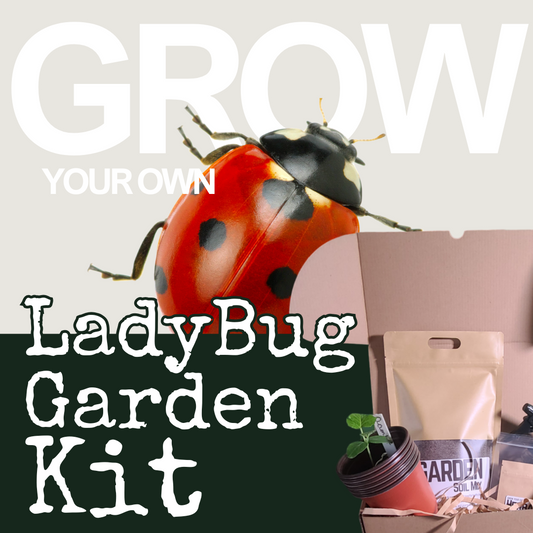Cardoon Seeds
Cardoon Seeds
- NON-GMO
- Container Friendly
- Earthy Flavor
Couldn't load pickup availability

Growing Cardoon Seeds
-
Germination Rate
10 to 20 days
-
Sun
Full Sun (6+ hours per day)
-
Plant Type
-
Plant Size
42 inches
-
Water Needs
Keep soil evenly moist
-
Seed Depth
1/4 inch light cover
-
Container Size
Extra Large Pot (24–36 inch)
-
Expect To Harvest
60-90 days
-
Zones
7-11
-
Plant Spacing
18 to 24 inches
-
Companion Plants
Thyme, cabbabe, mustard greens, and kale
-
Common Problems
-
Pest
Slugs and snails
-
Culinary Uses
Cardoon, a relative of the artichoke, offers culinary versatility. Its stalks can be blanched and served like celery or added to soups and stews for a unique flavor. The tender inner leaves can be harvested and used in salads, while the mature outer leaves can be cooked similarly to chard or spinach. Additionally, cardoon can be breaded and fried, or braised in broth or wine until tender. Its mild, slightly bitter taste adds complexity to a variety of dishes, making it a versatile ingredient in Mediterranean cuisine.
-
Growing Season
Spring and Fall
-
Start Planting Indoors
6 to 8 weeks before the last frost
-
Start Planting Outdoors
6 to 8 weeks before the last frost
Growing Instructions
Starting your seeds
You can start cardoon seeds indoors using a heat mat to encourage germination. Once the seedlings sprout and grow a few sets of leaves, move them outdoors. Keep the soil moist and provide 6–8 hours of sunlight daily. When direct sowing cardoon seeds, plant them about 1/4 inch deep with a light cover of soil in well-drained soil. Space them 18–24 inches apart to give them plenty of room to grow and develop their large, edible stalks.
Harvesting your seeds
When harvesting cardoon, cut the stalks close to the base using a sharp knife or shears. Harvest the outer stalks first, allowing the inner stalks to continue growing. Remove any tough or woody outer leaves before cooking. Store harvested cardoon in the refrigerator for freshness.
Grow your own Bloody Mary Kit
Share















